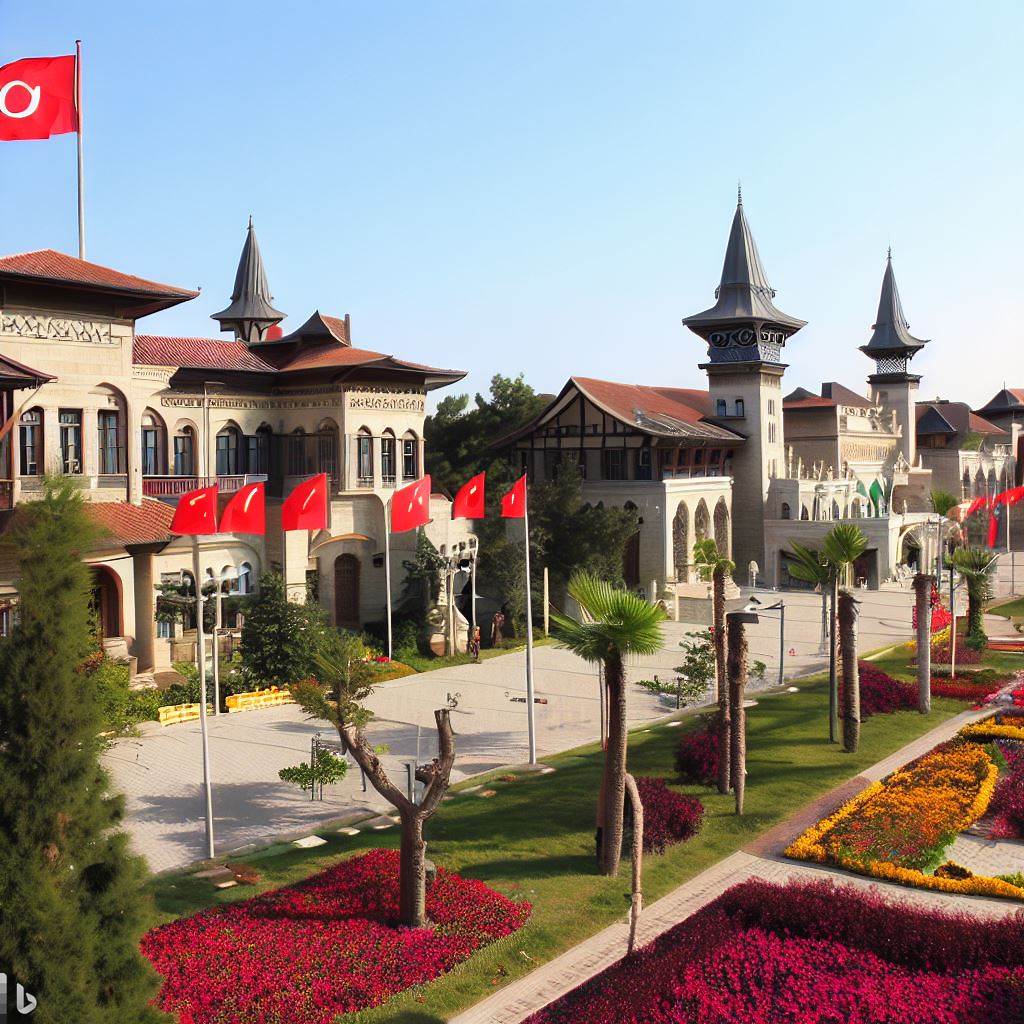The Turkish higher education system has expanded rapidly but is still dominated by a single model of comprehensive public universities. To raise both quality and diversity, Turkey needs to explore alternative models of universities suited to its conditions.
Some models to consider include: research universities focused on PhD training and world-class research; applied/technical universities focused on vocational skills; open universities specializing in online and distance education to meet increasing demand; part-time/working universities with flexible programs for employed students; and small liberal arts colleges that provide broad learning in an intimate environment.
These diverse models can help transform the Turkish university system to meet the needs of the 21st century. But implementing new models will require systematic reforms and greater autonomy for universities to find their own visions and niches. With learning from both the best international and domestic practices, Türkiye can build a higher education system that is both high quality and high access.

Enter the New Faculties: Restructuring Academe for Interdisciplinarity and Innovation
Turkish Universities Need an Overhaul of Faculty Structures
The faculty structures at most Turkish universities are outdated, rigid and resistance to change. A major overhaul is needed to make faculties more interdisciplinary, flexible and student-focused.
Issues with current faculty structures include: too many small faculties that fragment resources; structures based on traditional disciplines that do not support interdisciplinary work; curricula that have not kept up with 21st century knowledge and skills; a rigid hierarchy that inhibits change; academic incentives that discourage interfaculty collaboration; and lack of flexibility that students demand.
Restructuring faculties will require significant investments of time and resources to redesign curricula, departments and programs. But faculties that can transcend narrow disciplines and adopt network-like structures will be essential for the future success and competitiveness of Turkish universities. University administrations and faculty members must take proactive actions to overcome barriers to this necessary transformation.
With more autonomy and trust in institutional missions, Turkish universities can restructure their faculties to become engines of interdisciplinary teaching, research and innovation. This will elevate the quality and standing of higher education in Türkiye to meet global standards. Step by step, brick by brick, the transformation of faculty structures will build a bright future for Turkish universities.

he Shadow of Giants: How Turkey Can Learn from China’s Successes and Mistakes
Lessons for Türkiye from China’s University System
No country has magnified the scale of higher education as rapidly as China. In just 20 years from 1999 to 2019, China expanded from 1,022 to 2,529 universities and from 6.2 million to over 37 million students. This staggering growth was aimed at quickly increasing access to meet the needs of China’s huge population.
However, China’s expansion of higher education has come at the cost of quality. Most of the new universities are poorly ranked teaching colleges with low academic standards. The focus on scaling up the system has outweighed the development of world-class research universities. The top Chinese universities are still far behind global leaders.
There are important lessons for Türkiye in China’s experience. Rapid expansion without a focus on quality and excellence will not build a competitive higher education system. The sheer number of universities says little about their contributions to research, innovation or society. Türkiye must pursue balanced growth, with concentrated investment in strategic universities that can achieve world-class stature.
China and Türkiye both have large higher education systems that have grown rapidly in recent decades. However, there are significant differences in scale, governance and outcomes:
- Scale: China has over 2500 universities and over 37 million students, while Turkey has about 200 universities and 7 million students. This huge scale has led to issues of uneven quality in China. Turkey must avoid uncontrolled expansion and maintain a balanced system.
- Governance: Chinese universities have come under increasing government control and diminished academic freedom, while Turkish universities still enjoy more autonomy. However, Turkish universities would benefit from more strategic governance and management, with less political interference.
- Outcomes: China has world-class research universities and significant innovation capacity, while most Turkish universities rank poorly in global comparisons and research output is low. But China also has many low quality teaching universities. Turkey needs to focus investment on building both world-class research universities as well as high quality teaching universities.
- Diversity: There is little diversity in China’s largely public system, while Turkey has both public and private universities. Yet Turkey has the potential for more diverse university models like applied/technical colleges, open universities, liberal arts colleges, etc. China’s more unified system may be limiting innovation.
- Access: China and Turkey both need to expand access to higher education and improve equity, as enrollment and attainment rates remain below potential. Targeted policies, scholarships and access programs are needed for students from disadvantaged regions and backgrounds.
In summary, while China’s massive university system has both strengths and serious issues, it provides lessons for Turkey. With more balanced growth, strategic governance, diverse institutions and a sustained focus on quality, Turkey can build a world-class university system to power its long-term social and economic development. By learning from both the best and worst practices of China’s rapid expansion, Turkey can forge its own path to higher education excellence.
The Turkish university system has significant room for improvement. But with proactive policies and investments in its future, Türkiye can overcome its challenges and build on its existing strengths to become an innovation leader. The future of Turkish higher education is bright, if it can learn from others to find its own light.
